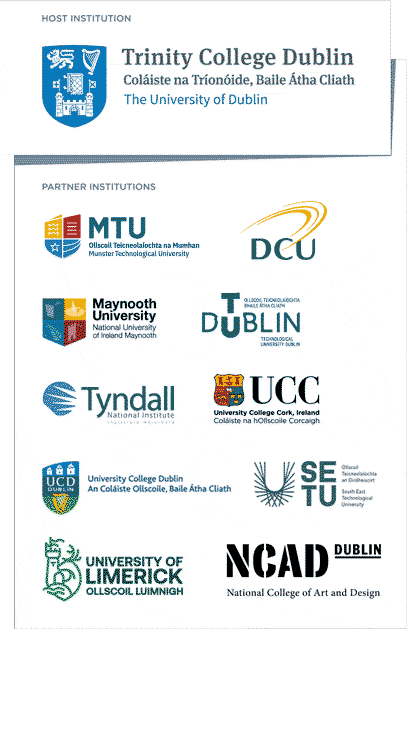
Howdy y’all!
Greetings from Austin, where I’m on a Fulbright scholarship at The University of Texas (UT). The Fulbright scholarship is an inter-disciplinary mobility award allowing people from a variety of countries around the world (including, of course, Ireland) to undertake a short-term research project at an American university of their preference. The Fulbright scholarship is quite well-recognized and respected here. While it’s not unreasonable to expect people within academia to have heard of ‘the Fulbright’, surprisingly, people outside academia also recognise it.
I’m here for most of the Michaelmas term, working within the Wireless Networking and Communications Group (WNCG), with Prof. Gustavo De Veciana as my host. The WNCG has made its name for being active and influential in driving major innovation behind the next generation of cellular networks, pushing on every level from the physical layer to application-oriented designs. The group here is also guilty of popularizing the mathematical tool of stochastic geometry, which has just recently become the wireless network modeling tool of choice for many in both academia and industry. It so happens that both 5G and stochastic geometry have been at the core of my research interests for some time. The choice of UT Austin as my Fulbright destination was a ‘no-brainer’, as some locals might say.
The research niche I’m exploring here is related to the role that uncertainty plays in robust network designs for 5G systems. These designs are highly complex as they bring together incumbent and new radio technologies (specifically the ones operating in millimeter-wave frequencies), extensive network resource sharing, and a variety of options for realizing vehicular-to-infrastructure communications, among others. In other words, we’re talking about potentially highly complex network architectures, with many points of failure. The challenge is to define a framework that will allow us to quantify and control these points of failure, and, consequently, produce ‘good enough’ designs.
But research is not the only way to live by, and so I’ve been trying to immerse myself in my environs. Let me just say — Austin is a really enjoyable place to live! And not only for its fantastic weather! Austin has many small restaurants, coffee shops, bars (forget about the 6th Street!); a lot of them vegan, organic, artisan, and what have you. Also, you really want to Keep Austin Weird, and play mojo kickball, drink Texas sake, spray-paint Baylor street wall, run with The Most Informal Running Club Ever, visit The Bookcase Store, try the Texan two-step at a hip bar, or swim in the Zilker Park.
Rural Texas is a little bit different and somewhat more stereotypical (unlike Austin, they allow for single-use plastic bags in shops — shocker!), but not without charm. The lakes and beautiful nature around Travis County reminded me of Mediterranean landscapes. The hills and plains covered by yuccas, prickly pear cacti and live oaks in the Hill Country were impressive too.
It’s been an interesting adventure so far, and I’m looking forward to exploring the place a little more during the weeks I have left here.
See ya all soon!
Jacek.
CONNECT is the world leading Science Foundation Ireland Research Centre for Future Networks and Communications. CONNECT is funded under the Science Foundation Ireland Research Centres Programme and is co-funded under the European Regional Development Fund. We engage with over 35 companies including large multinationals, SMEs and start-ups. CONNECT brings together world-class expertise from ten Irish academic institutes to create a one-stop-shop for telecommunications research, development and innovation.
ArticlesLetter from...


